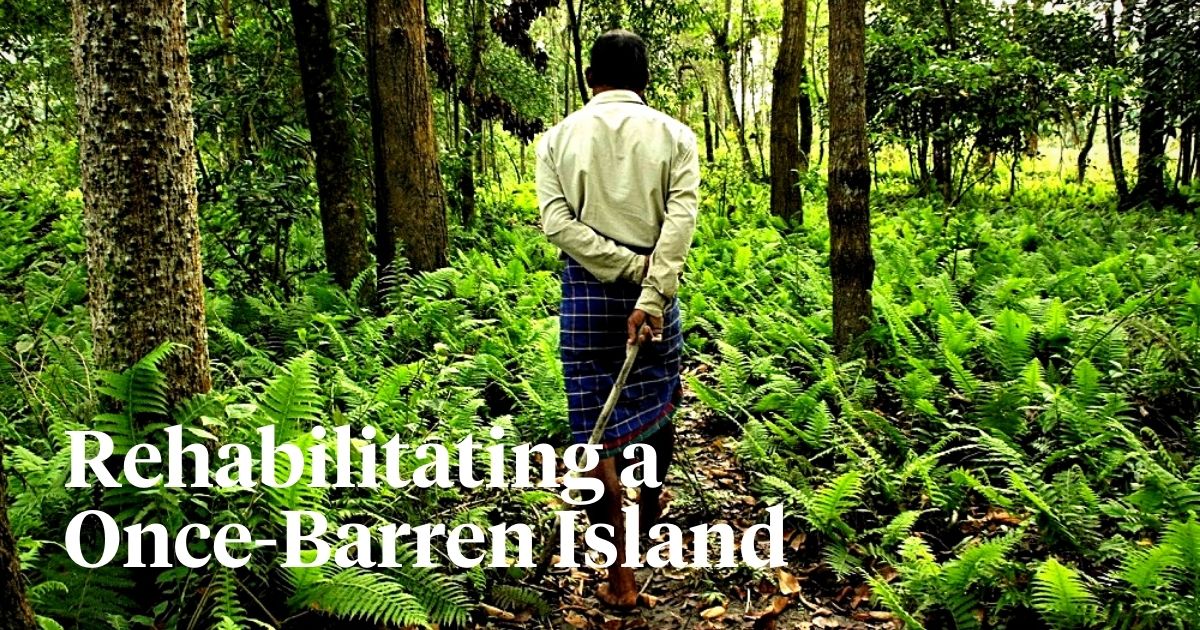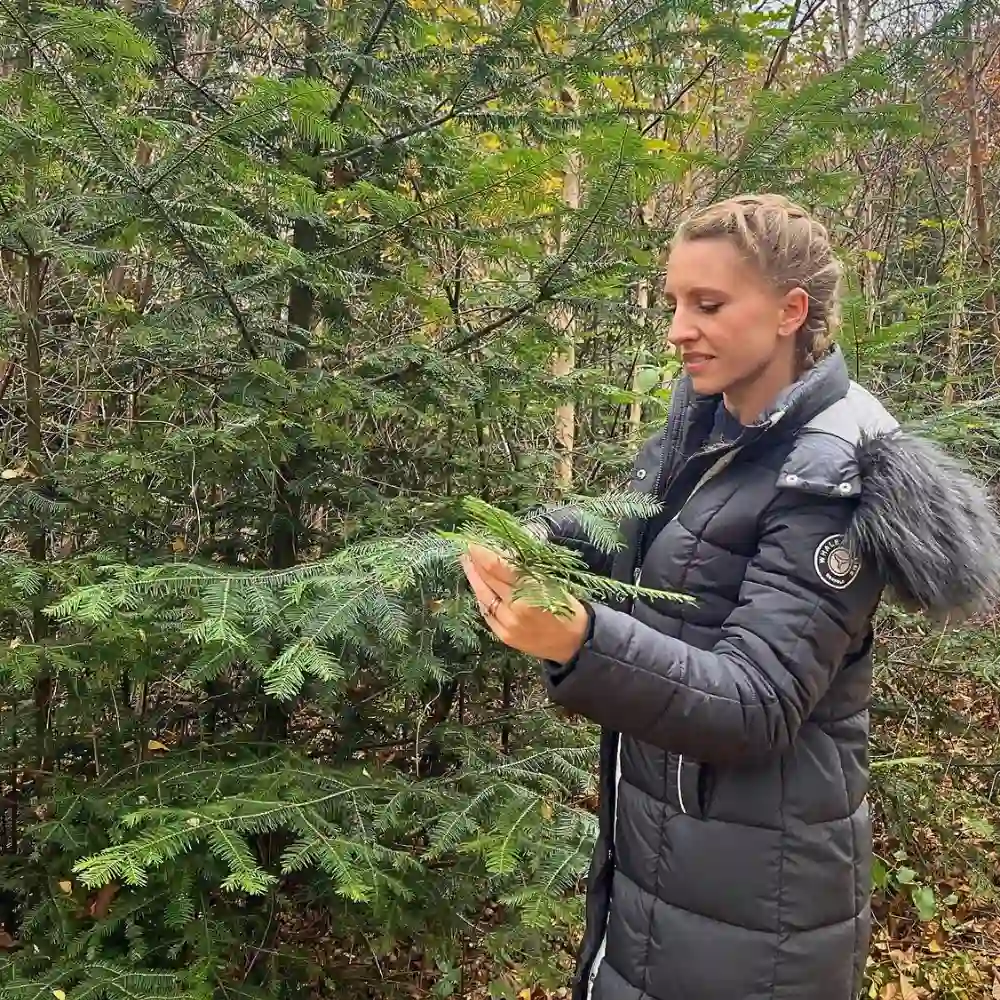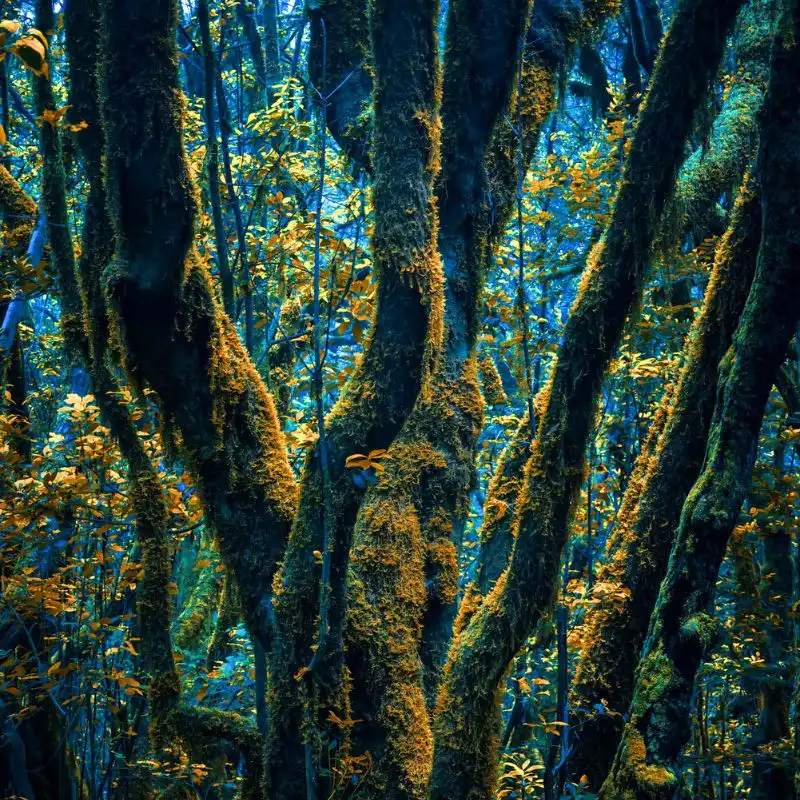Located on Majuli Island of the Brahmaputra River near Kokilamukh in Assam, India, Molai Forest is a 550-hectare (1,360-acre) woodland whose history is just as fascinating as the man whose name the forest bears. With an area of roughly 880 km² (340 miles²), Majuli is the largest river island in the world, formed by the Subansiri River in the north and the Brahmaputra in the south. This island has for ages been known to be the cultural capital of Assam State in northeastern India.
For many years, and without sufficient forests and adequate tree cover, eroding floods often washed slithering wildlife, especially snakes onto the barren sandbars of Majuli, where unable to shield themselves from the hot conditions, they died in their hundreds due to extreme heat. In 1979, while still in his teens, Jadav ‘Molai’ Payeng, an environmental activist and forestry worker from India, was moved by the sight of a pile of dead snakes on one of the sandbars of the island; a result of the baking temperatures that had scorched the reptiles to death as they had no protective shade.
The Birth of Molai Forest
Jadav’s story is as simple as it can be. He was born among the Mishing tribe, in a rural community in the northeastern Indian state of Assam in 1959. Growing up, he witnessed firsthand the devastating impact of erosion on Majuli Island when the rivers flooded, dumping and leaving the wildlife – snakes - stranded in the offshore sandbanks.
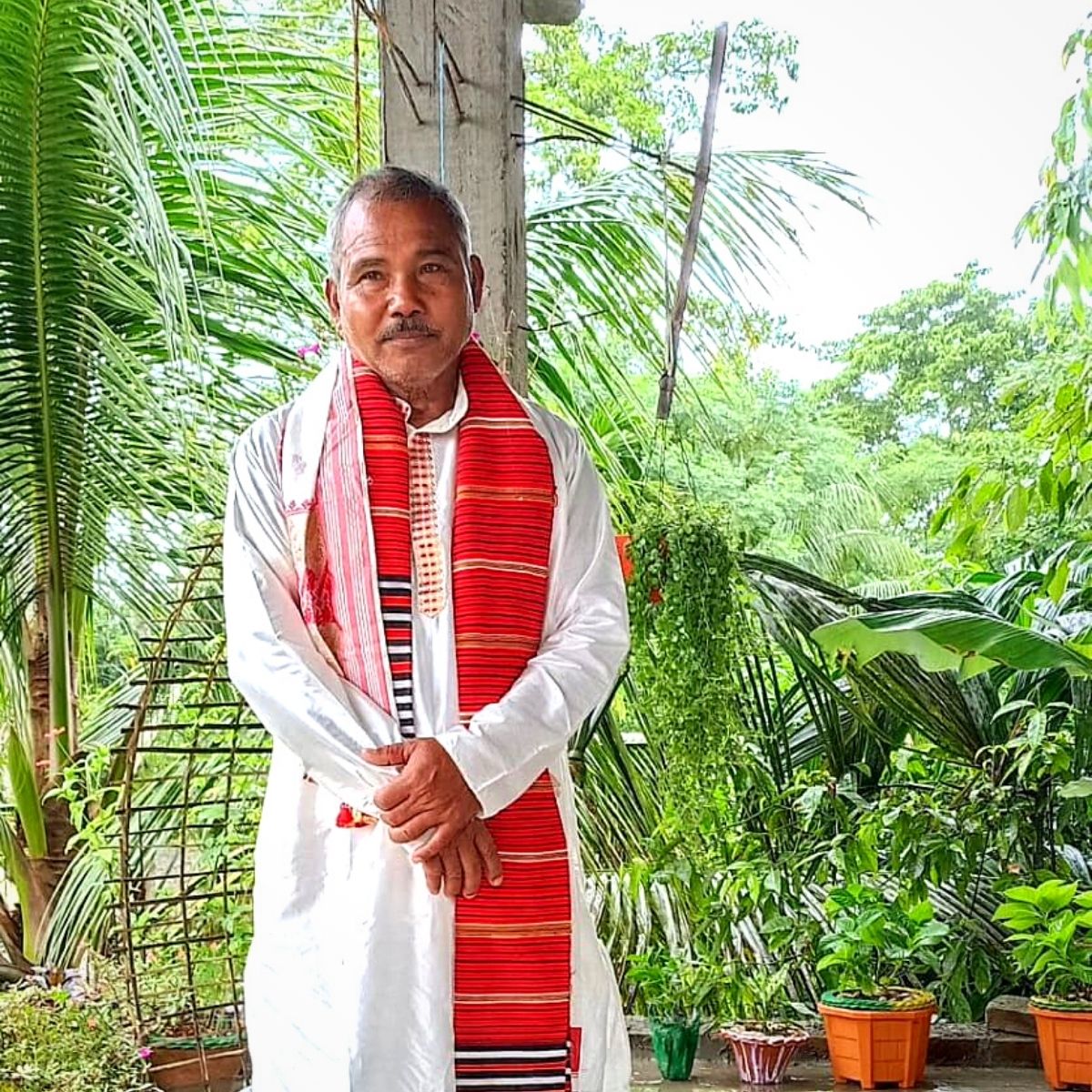
Photo by @forestmanofindia on Instagram
Following his 1979 epiphany at the sandbar, Jadav embarked on a mission to transform the deserted sandbar into a vibrant forest. The sight of the dead reptiles, somehow, stirred the now 64-year-old’s emotions, prompting him to embark on a, practically, lifelong journey to see the island covered by trees.
Equipped with a deep understanding of the island’s ecosystem and an enthusiasm for nature, Jadav untiringly worked, planting trees and nurturing their growth. He began by planting roughly twenty bamboo seedlings on the sandbar and not only looked after the plants but also continued to plant more trees on his own, in an effort to transform the area into a forest.
Using a simple yet effective method to plant so many trees, he began by drilling deep holes into the land using a stick, into which he then poured seeds. To ensure the saplings received enough water, he used earthen pots with tiny holes in them that he positioned above each plantlet on specially constructed bamboo platforms. These pots would slowly drip water onto the plants over several days, allowing him to manage his growing forest.
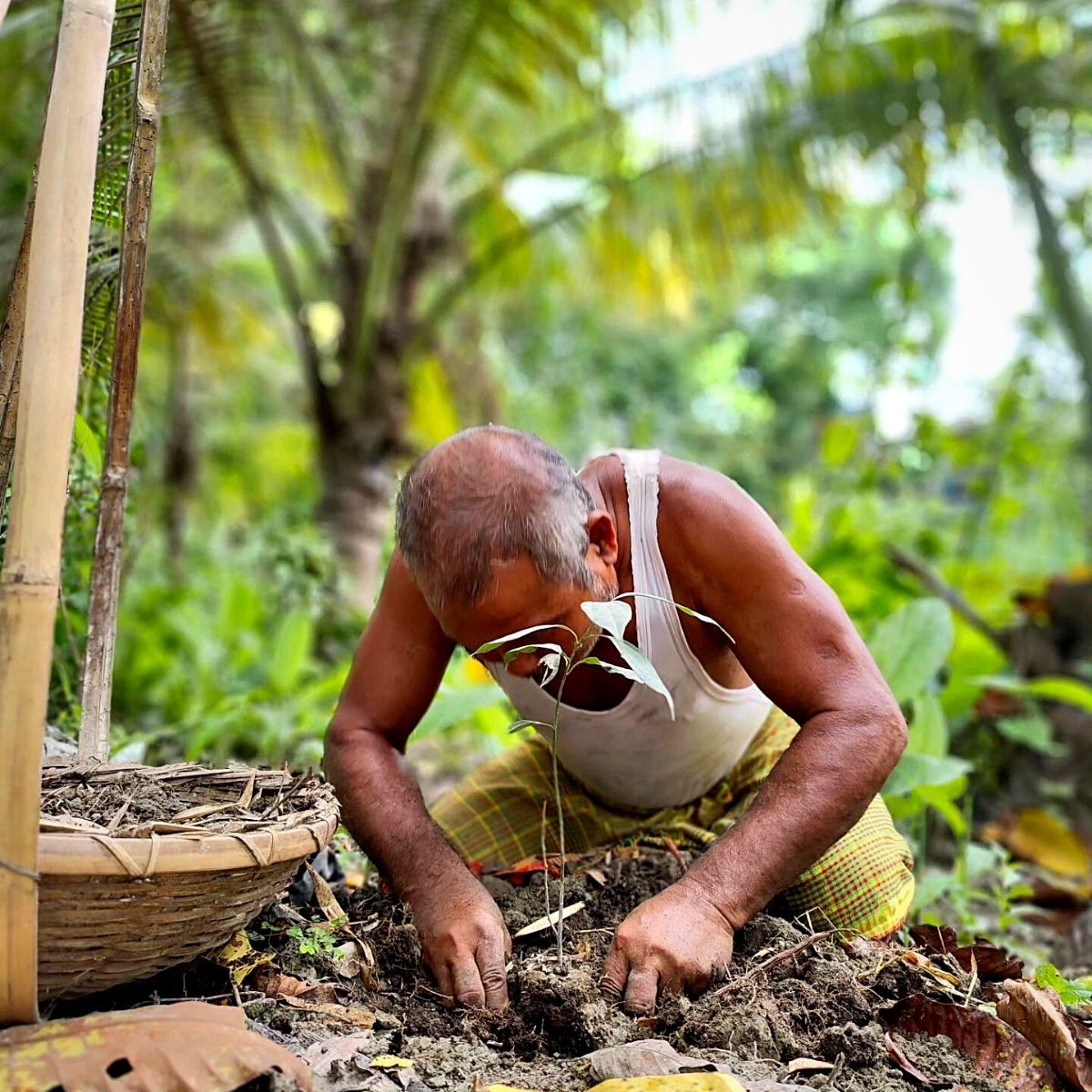
Photo by @forestmanofindia on Instagram
And while his efforts were initially met with skepticism, he persisted undeterred. Over the years, it is now evident that this sheer dedication bore fruit, leading to the creation of Molai Forest. What was once a desolate wasteland has now grown into a thriving ecosystem that still keeps on growing.
The Continuing Growth and Impact of Molai Forest
Popularly known as the Forest Man of India, Jadav has, over the course of several decades, planted and tended more trees on the sandbar of the River Brahmaputra, turning it into a forest reserve. Today, the Molai Forest spans quite an impressive area and is home to a diverse range of flora and fauna.
Wildlife including Bengali tigers, deer, rabbits, monkeys, elephants, Indian rhinoceroses, and numerous bird species including vultures, have found a habitat in this reserve.
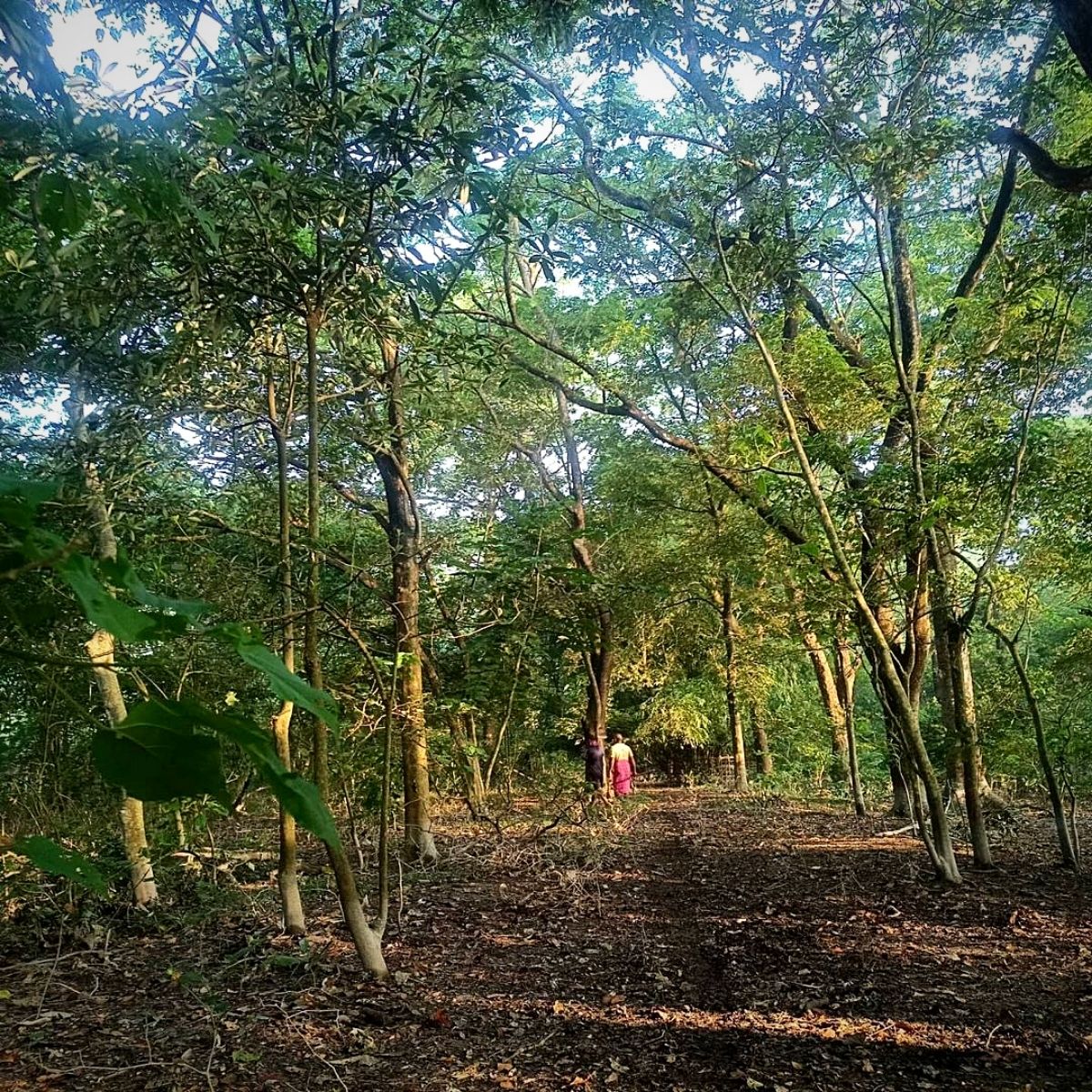
Photo by @forestmanofindia on Instagram
There are also several thousand trees of different varieties including valcol, arjun (Terminalia arjuna), ejar or Pride of India (Lagerstroemia speciosa), goldmohur or royal poinciana (Delonix regia), koroi or silk trees (Albizia procera), moj (Archidendron bigeminum) and himolu or cotton trees (Bombax ceiba), among others growing in this nature reserve.
With the huge number of trees, nowadays, the forest also acts as a barrier against erosion, protects nearby villages from the frequent monsoonal floods, and provides livelihood opportunities for local communities.
Forests and Trees Are Known to Have So Many Benefits
The importance of trees in various aspects cannot be overstated. They play a significant role including climate change mitigation, human well-being, and conservation of habitats and biodiversity.
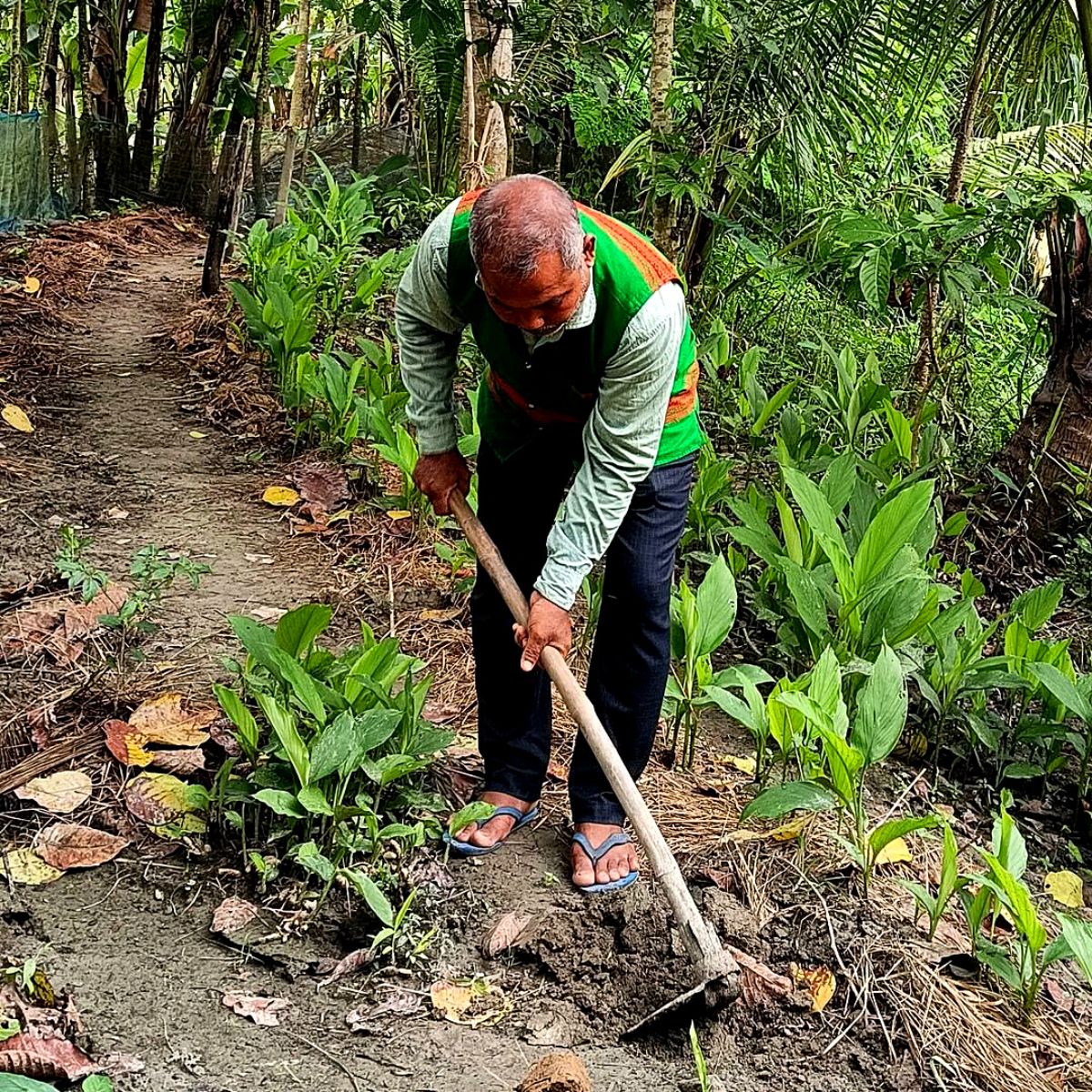
Photo by @forestmanofindia on Instagram
To start with, trees act as natural carbon sinks, absorbing carbon dioxide from the atmosphere through the process of photosynthesis. They store carbon in their trunks, branches, leaves, and roots, helping to reduce greenhouse gas emissions and mitigate climate change. Forests play a vital role in regulating global climate patterns, as they contribute to cooling local and regional temperatures and influencing precipitation patterns.
Trees are, also, essential oxygen producers. Through photosynthesis, they release oxygen into the atmosphere, providing clean and breathable air for humans and other living organisms. Additionally, trees help improve air quality by filtering pollutants and absorbing harmful gases, thereby reducing the impact of air pollution on human health.
Similarly, they provide numerous benefits to human well-being. Trees are important in urban settings for numerous reasons. They offer shade, reducing the effects of heat in urban areas and providing a cool and comfortable environment. They also contribute to mental and physical health by creating peaceful and aesthetically pleasing surroundings.
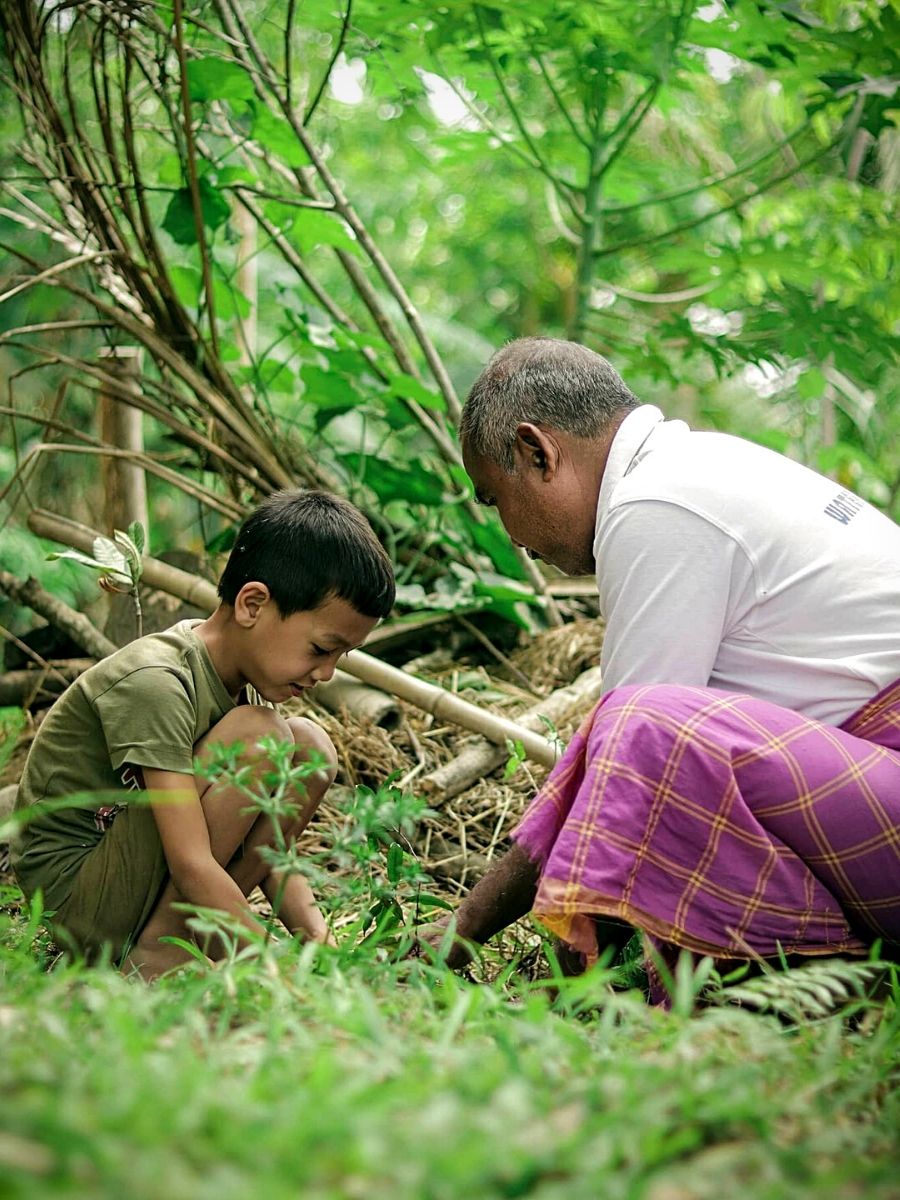
Photo by @forestmanofindia on Instagram
Such surroundings promote relaxation and stress reduction. Additionally, forests provide livelihoods for millions of people worldwide, offering opportunities for employment, timber production, and non-timber forest products.
Furthermore, forests and trees are home to numerous species of plants, animals, and microorganisms. They serve as crucial habitats, providing shelter, food, and breeding grounds for a wide range of creatures. Forests, further, support biodiversity by harboring rare and endangered species, contributing to ecological balance, and preserving genetic diversity. Protecting and restoring forests is, therefore, vital for maintaining healthy ecosystems and safeguarding biodiversity.
In addition, trees and forests play a vital role in soil conservation. Their extensive root systems help bind and stabilize soil, preventing erosion caused by wind and water. Forests also contribute to water management by regulating water cycles. They enhance groundwater recharge, reducing the risk of flooding, and maintaining streamflow. This ensures a sustainable supply of freshwater for both humans and ecosystems.
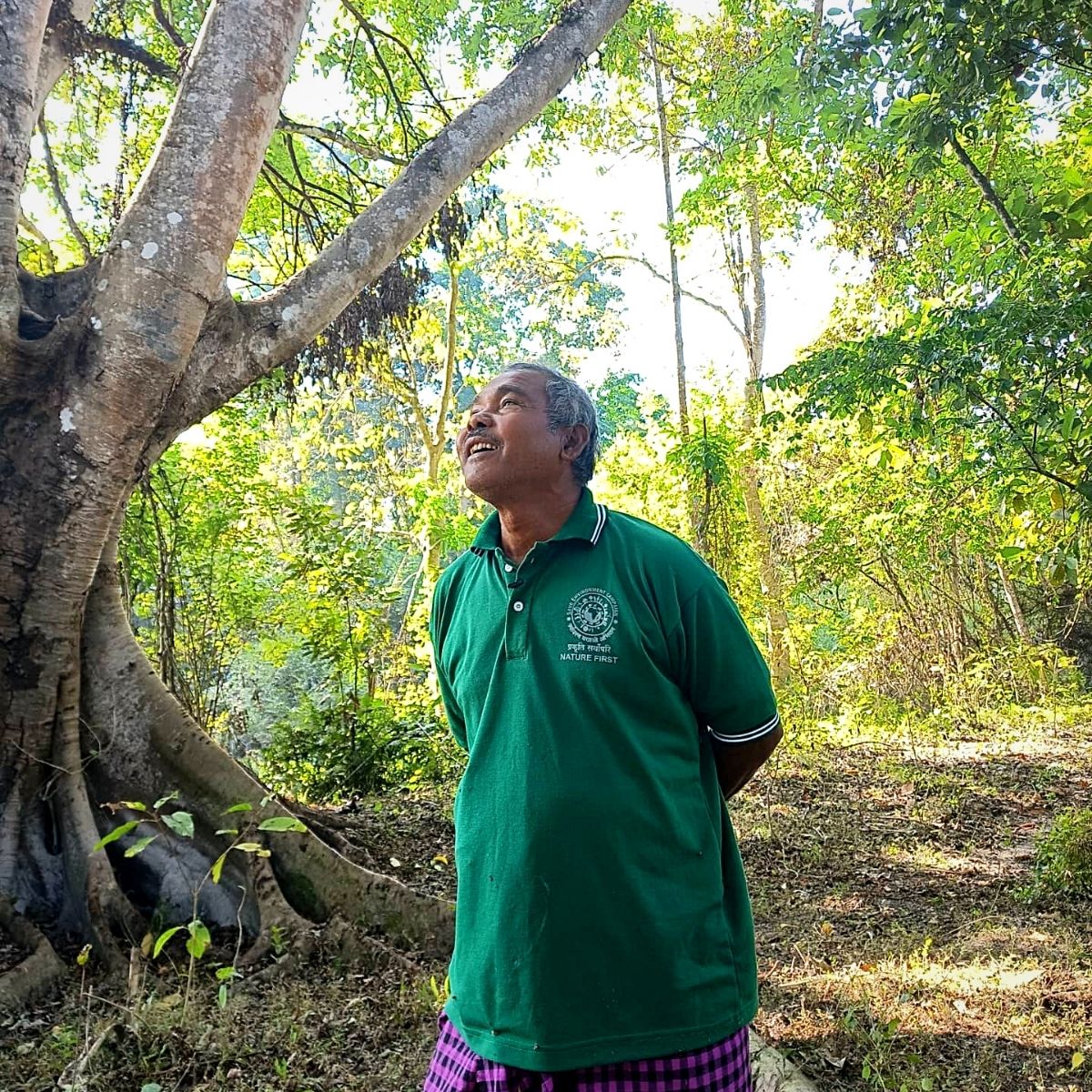
Photo by @forestmanofindia on Instagram
What’s more, trees and forests have significant economic value. They contribute to sustainable development by providing timber, and various forest products. Forests also support ecotourism, offering opportunities for recreation, nature-based tourism, and cultural experiences. Plus, trees and green spaces in urban areas improve the quality of life and nurture community cohesion.
Forest Man of India’s Recognition and Global Impact
For his remarkable achievements, Jadav has garnered international recognition and accolades. His efforts became known to the authorities in 2008 when forest department officials went to the area in search of elephants that had retreated into the forest after damaging property in a nearby village.
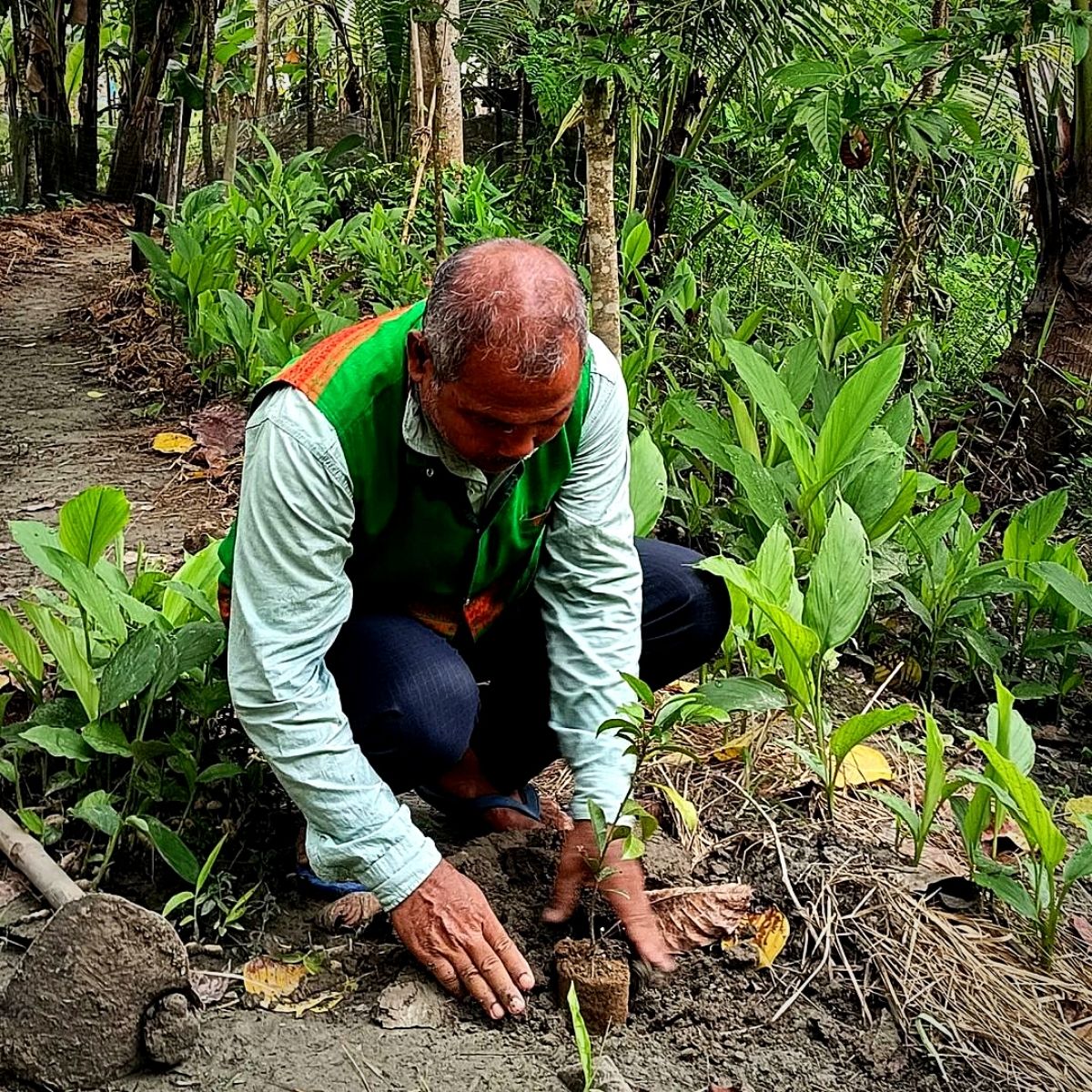
Photo by @forestmanofindia on Instagram
In 2015, he was honored with Padma Shri, one of the highest civilian awards in India. Molai Forest has, also, been the subject of a number of documentaries.
Jadav’s story has, similarly, inspired people worldwide, and his efforts have become a focus of study and admiration for environmentalists, scientists, and policymakers, building the impression that people have the power to make a difference in the fight against climate change.
These efforts have motivated numerous other similar initiatives and individuals globally, underscoring the significance of individual action in protecting and preserving the environment.
Now his focus is to spread his forest to another sandbar of Brahmaputra, and completely turn Majuli Island into a tropical paradise.
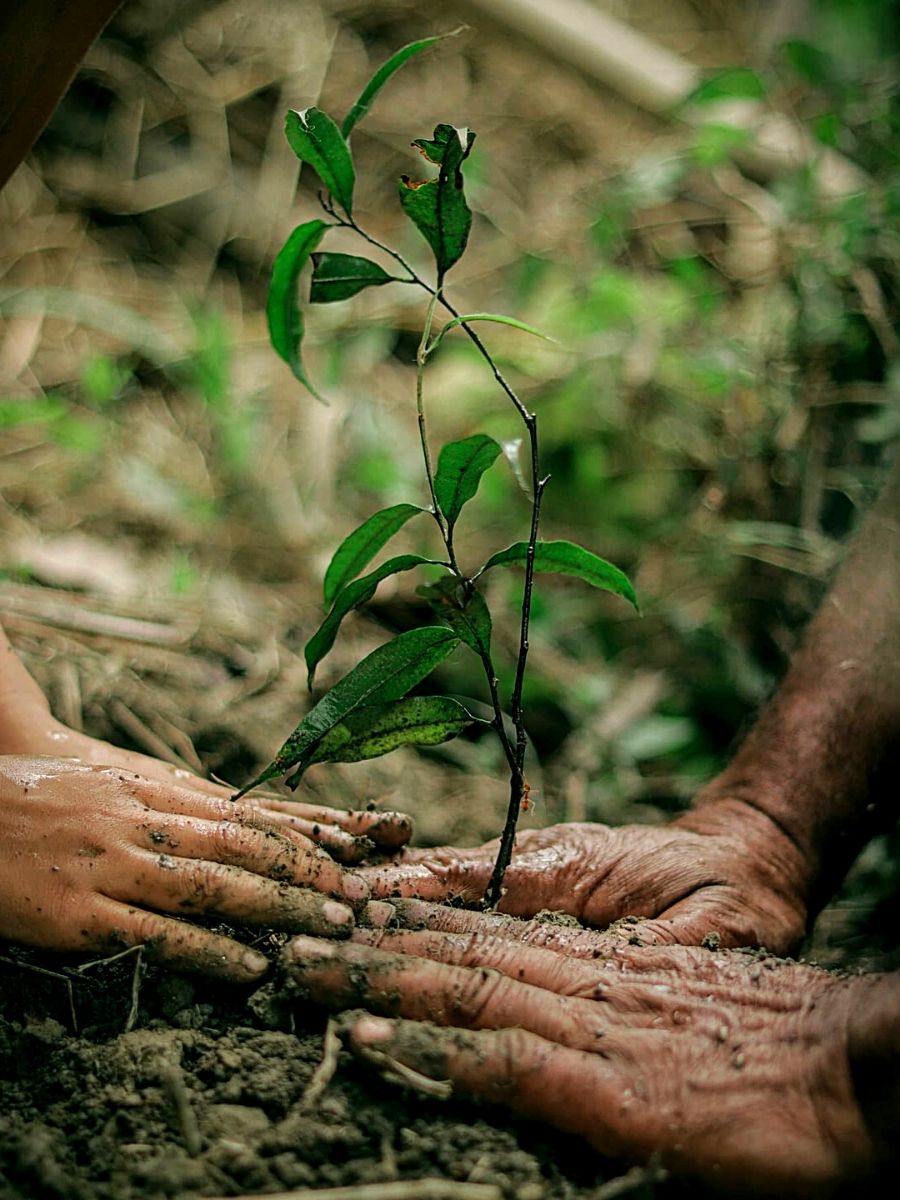
And as he continues to work tirelessly, determined to expand his forest and spread awareness about the importance of forest conservation and reforestation, Jadav’s creation has, over the years, become representational of resolve and the sheer willpower of individual action when it comes to environmental conservation.
Feature image by @forestmanofindia, and header image by @donate_sweat on Instagram

